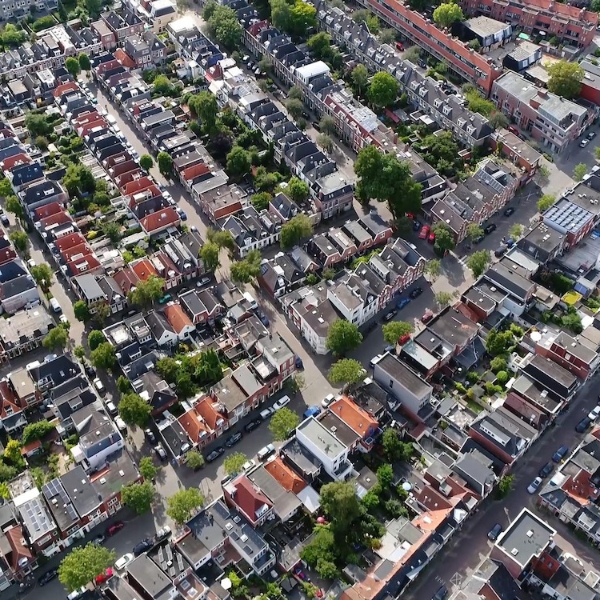The Basic Noise Emission map: opportunities and risks

The Basic Noise Emission map: opportunities and risks
The introduction of the Environment and Planning Act and the underlying regulations and decrees will see the addition of the Basic Noise Emission Map (BNE) to the municipal policy toolkit (which is required by law). The main purpose of the BNE is for municipalities to regularly monitor municipal roads to ensure that noise emissions do not increase by more than 1.5 dB. If necessary, noise abatement measures should be considered. The cost of additional measures is usually borne by the municipality.
When it comes to determining and monitoring the emissions of a section of road, factors such as traffic intensity and distribution per 24-hour period and traffic category, as well as the type of road surface, are particularly important. Provided that a municipality has these data ready and available for the relevant road sections, the creation and monitoring of a BNE isn’t exactly rocket science. But to lend an extra hand, Witteveen+Bos has developed the GIS application BNE Tool to help municipalities manage BNE data properly and to publish the map digitally.
Data ready and available
In over 30 years of experience conducting noise studies for municipalities and discussions with traffic and noise specialists, we have learnt that although many municipalities have accurate and up-to-date data at project level, accurately and continuously visualising and monitoring noise emissions for all municipal roads is by no means common practice. Existing traffic models usually don’t cater for this either. Also, traffic counts are not carried out as standard on all roads, partly due to cost and capacity considerations. So, in a nutshell, the fundamentals for a well-founded determination of a BNE are simply not in place.
But, let’s not forget that a problem can also present an opportunity. Municipalities can still get their data ducks in a row. How they do that exactly boils down to the chosen strategy; it’s a balancing of efforts, opportunities and risks. Opportunities might include further optimising work processes for traffic/noise studies, structuring data management and improving the way in which data is presented within the municipality or to external parties and residents. Some of these are already required for the mandatory submission of data to the CVGG (the RIVM’s central sound data facility). But requirements and wishes can be optimised. The best solution may vary from one municipality to the next and also depends on the ambitions of the municipality.
Risks
However, there are also risks associated with the initial adoption and presentation of the BNE to the local community, which can be considered in advance. The coming into force of the Environment and Planning Act will also bring about a number of other changes in regulations and obligations that may affect municipal policies. Previously established higher values (and indoor levels based on them) will no longer have any formal legal force, the remediation task will be reassessed, and the prioritisation of the implementation of remediation measures will depend in part on decisions taken within the municipality. And residents should be involved in these decisions. Food for thought?
So, there are both opportunities and risks. Witteveen+Bos has experience in advising on traffic and noise. We can help you to articulate the opportunities and risks, so that the right decisions can be taken in 2021 – both officially and administratively.
More information?
